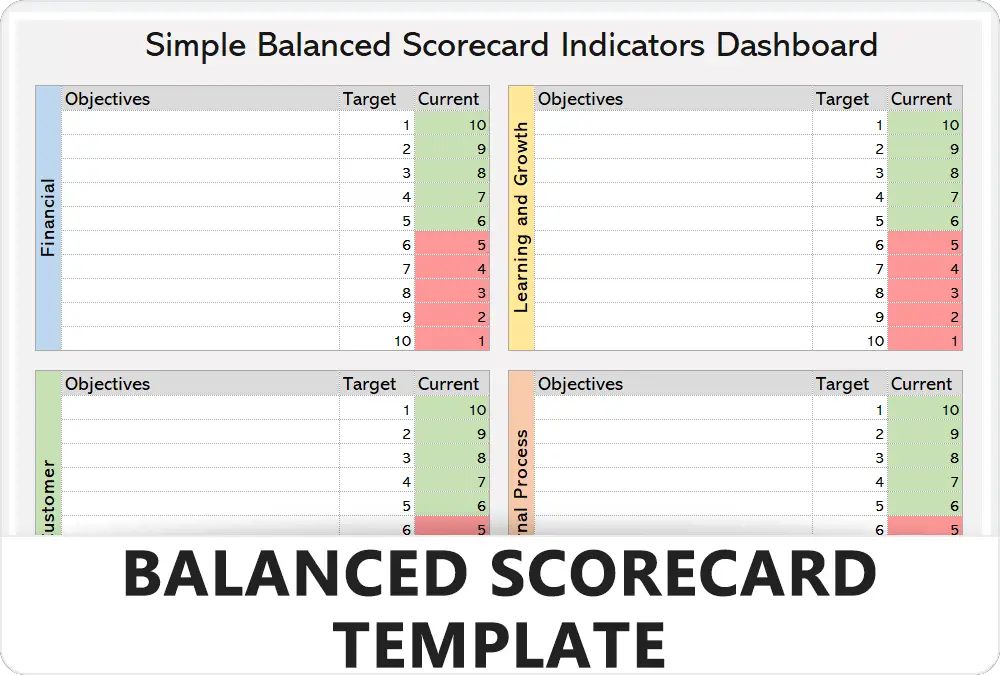
Guide: Balanced Scorecard
Author: Daniel Croft
Daniel Croft is an experienced continuous improvement manager with a Lean Six Sigma Black Belt and a Bachelor's degree in Business Management. With more than ten years of experience applying his skills across various industries, Daniel specializes in optimizing processes and improving efficiency. His approach combines practical experience with a deep understanding of business fundamentals to drive meaningful change.
×





 Learning and Growth focus on the intangible drivers of future success, like human capital, information capital, and organizational culture. It addresses the question of how the organization must learn, improve, and innovate to meet its objectives.
Learning and Growth focus on the intangible drivers of future success, like human capital, information capital, and organizational culture. It addresses the question of how the organization must learn, improve, and innovate to meet its objectives.




